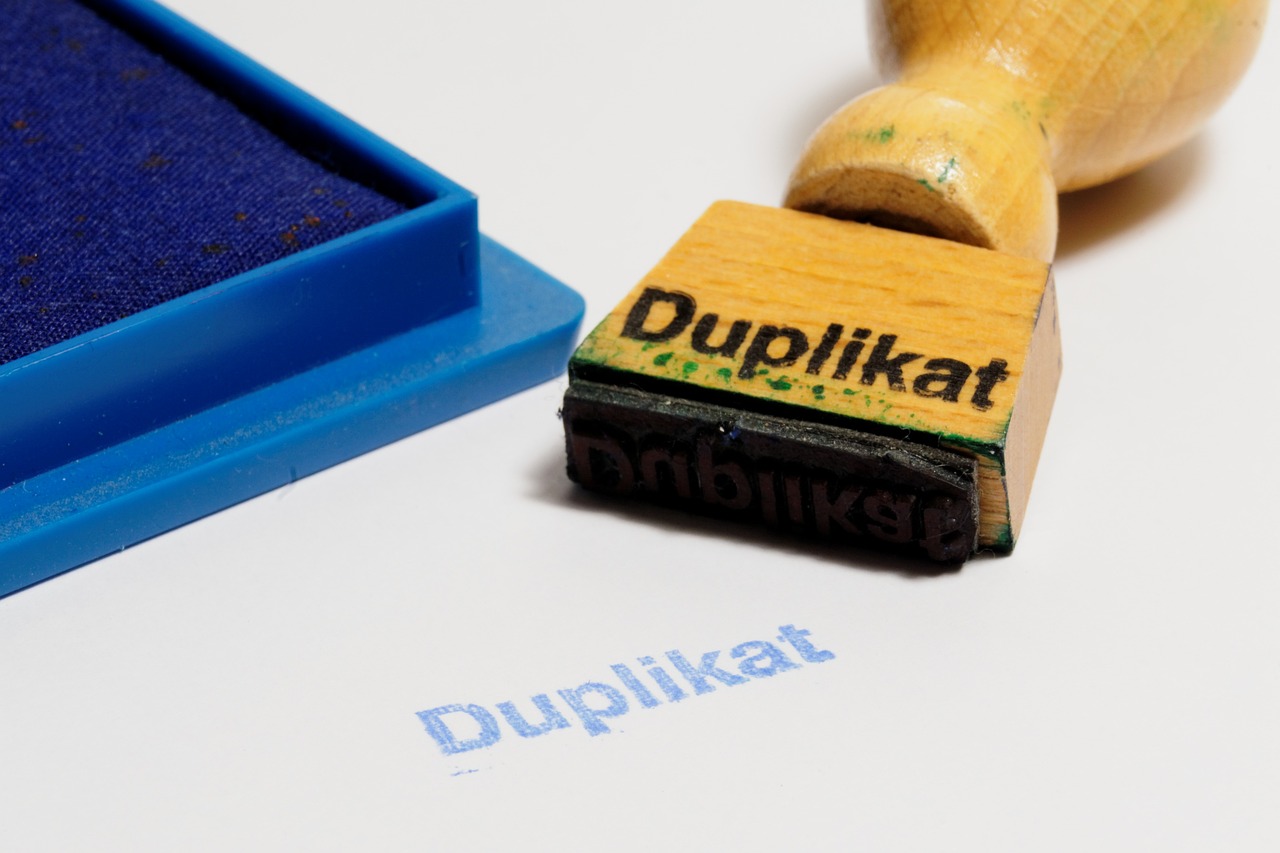In the realm of search engine optimization (SEO), duplicate content poses a significant challenge that can severely impact a website’s performance in search engine rankings. Duplicate content refers to substantive blocks of content within or across domains that either completely match or are appreciably similar to other content. This issue not only affects how search engines perceive and rank your site but also influences user experience, ultimately impacting your overall SEO success.
How Duplicate Content Affects Search Rankings
The presence of duplicate content can have several detrimental effects on a website’s search engine rankings, primarily through two main mechanisms:
Dilution of Link Equity
Link equity, also known as “link juice,” refers to the SEO value passed from one page to another through hyperlinks. When duplicate content exists, this valuable resource is split among multiple versions of the same content, diminishing the overall authority of each page.
| Original Content | Duplicate Content Scenario | Impact on Link Equity |
|---|---|---|
| Single page with 100% link equity | 2 duplicate pages | Each page receives ~50% of link equity |
| Single page with 100% link equity | 5 duplicate pages | Each page receives ~20% of link equity |
This dilution can significantly weaken the ranking potential of what should be your strongest content.
Confusion for Search Engines
Search engines aim to provide users with the most relevant and unique content for their queries. When faced with duplicate content, they struggle to determine:
- Which version to index in their database
- Which version to rank for relevant queries
- How to allocate link equity among the duplicates
This confusion often results in:
- Lower rankings for all versions of the content
- Inconsistent display of URL versions in search results
- Potential loss of traffic to less optimal versions of the page
Impact on Crawl Budget and Indexation

Duplicate content doesn’t just affect how search engines rank your pages; it also impacts how they crawl and index your site.
Wasting Crawl Budget
Crawl budget refers to the number of pages a search engine will crawl on your website within a given timeframe. When this limited resource is spent on duplicate pages, it can lead to several issues:
- Important, unique content may be crawled less frequently
- New content may take longer to be discovered and indexed
- Updates to existing content might not be reflected in search results promptly
Tips to optimize crawl budget and avoid waste:
- Use robots.txt to block crawling of duplicate pages
- Implement proper canonical tags to indicate preferred versions
- Consolidate similar content into single, comprehensive pages
- Regularly audit and remove or update outdated content
- Ensure a clean, efficient site structure with a logical hierarchy
Incomplete Indexation
When search engines encounter excessive duplicate content, they may:
- Choose to index only a subset of your pages
- Inadvertently skip indexing important, unique content
- Fail to update their index with your latest content changes
This can lead to scenarios where critical pages are missing from search results, directly impacting your visibility and traffic potential.
The User Experience Perspective
While the technical aspects of SEO are crucial, it’s equally important to consider how duplicate content affects user experience, as this indirectly influences your search rankings.
Confusing Search Results
Duplicate content can lead to a poor user experience in several ways:
- Multiple versions of the same content in search results, confusing users
- Inconsistent URLs for the same content across different search queries
- Difficulty in finding the most up-to-date or comprehensive version of the content
- Frustration when encountering repetitive content across different pages or websites
These issues can drive users away from your site and back to the search results, signaling to search engines that your content may not be satisfying user intent.
Reduced Engagement Metrics
When users encounter duplicate or near-duplicate content, it often leads to poor engagement metrics, which can include:
- Higher bounce rates
- Lower time on page
- Fewer page views per session
- Decreased likelihood of return visits
Search engines interpret these signals as indicators of low-quality or irrelevant content, potentially leading to lower rankings in future searches.
Strategies to Avoid and Resolve Duplicate Content Issues

Addressing duplicate content is crucial for maintaining strong SEO performance. Here are key strategies to identify, avoid, and resolve duplicate content problems:
Implementing Canonical Tags
Canonical tags are HTML elements that tell search engines which version of a page should be considered the “master” copy. Proper implementation of canonical tags can effectively manage duplicate content issues.
Example of correct canonical tag usage:
<link rel=”canonical” href=”https://www.example.com/original-page” />
Implement canonical tags on all duplicate or similar pages, pointing to the preferred version.
Consolidating Similar Content
Merging similar or redundant content into a single, authoritative page can significantly improve your SEO performance:
| Aspect | Keeping Duplicate Content | Consolidating Content |
|---|---|---|
| SEO Impact | Diluted link equity, confused search engines | Concentrated authority, clear relevance |
| User Experience | Potential confusion, redundant information | Comprehensive, valuable resource |
| Crawl Efficiency | Wasted crawl budget | Optimized crawling of important pages |
| Content Quality | Thin, repetitive content | In-depth, thorough coverage |
Regular Content Audits
Conducting regular content audits is essential for identifying and addressing duplicate content issues proactively.
Content audit checklist:
- Inventory all pages on your website
- Identify similar or duplicate content
- Check for multiple URLs leading to the same content
- Review internal linking structure
- Analyze thin content that could be consolidated
- Check for outdated content that needs updating or removal
- Ensure proper implementation of canonical tags
- Verify consistent use of preferred domain (www vs. non-www)
Regular audits help maintain a clean, efficient site structure and prevent duplicate content issues from accumulating over time.
Tools for Detecting Duplicate Content
Several tools can help you identify duplicate content both on your website and across the web:
SEO Audit Tools
Popular SEO tools offer features to detect and analyze duplicate content:
| Tool | Key Features for Duplicate Content Detection |
|---|---|
| Ahrefs | Content Explorer, Site Audit |
| Screaming Frog | Duplicate Content Report, Near-duplicate Content |
| SEMrush | Site Audit, Content Analyzer |
| Siteliner | Internal duplicate content checker |
| Copyscape | Plagiarism checker, Batch search |
These tools can provide comprehensive reports on duplicate content issues, helping you prioritize and address the most critical problems.
Using Google Search Console
Google Search Console (GSC) offers several features to help identify and resolve duplicate content issues:
- Coverage report: Check for pages excluded due to duplication
- URL Inspection tool: Analyze how Google views specific URLs
- Performance report: Identify pages with unexpectedly low impressions or clicks
- Links report: Review internal linking to ensure proper distribution of link equity
Regularly monitoring these reports in GSC can help you catch and address duplicate content issues early, maintaining strong SEO performance.
By understanding the impact of duplicate content on SEO and implementing these strategies and tools, website owners and SEO professionals can significantly improve their site’s search engine performance. Regular vigilance, content audits, and the use of appropriate technical solutions are key to preventing duplicate content from undermining your SEO efforts. Remember, providing unique, valuable content not only benefits your search rankings but also enhances user experience, ultimately contributing to the long-term success of your online presence.
